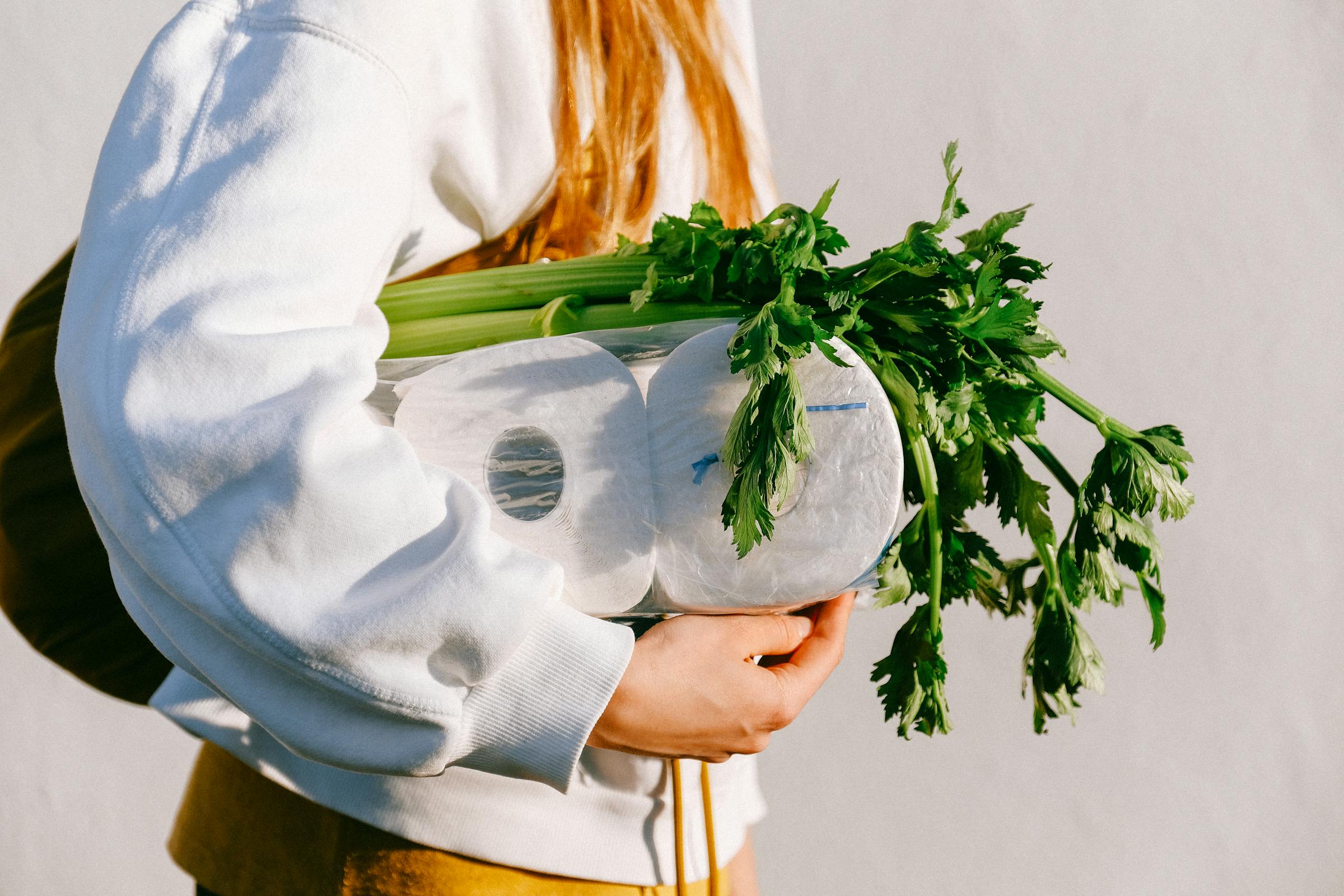Celery is typically associated with wing trays and football days. However, it can have us wrinkling our noses and tossing it in the trash after a long day of cheering on our favorite teams. Because it was sitting in the fridge or on your coffee table for so long, maybe that’s where it belongs. But when done right, celery will surprise you with its many benefits and versatility.
According to the Mayo Clinic, two stalks of celery only amount to 15 calories. This means that it is a great alternative to higher calorie snacks when you’re needing some rejuvenation throughout the day.
It is also extremely hydrating. Celery actually contains a higher percentage of water than watermelon, (celery is 95% water while watermelon is only 92%) according to the UT Southwestern Medical Center. It also contains fiber, vitamins K, A and C, calcium and iron, according to the Mayo Clinic. Celery can also help provide you with antioxidants, reduce inflammation, support digestion, help regulate blood sugar and combat more acidic foods, according to Healthline.
How to add it to your diet
Celery can be incorporated into your diet in a variety of ways. Protein can be added into your day by dipping it into peanut butter or hummus. It can be used in smoothies, chicken or tuna salad, soups or salads. The celery root and leaves can also be used to flavor soups. Other ways to use the leaves are to add them to stir fry or substitute them for parsley as a garnish. With ranch or blue cheese dressing, the stalks also make a great side for chicken wings. According to the Mayo Clinic, many Cajun foods, such as gumbo and jambalaya, often use celery in their recipes.
When at the grocery store, choose celery that is crisp and does not bend easily. Both the stalk and leaves should be a bright green. Stay away from any celery that looks yellow or has brown spots. You should avoid chopping it until just before you are ready to use it. Otherwise, you may lose some of the important nutrients that it provides. The stalks should be eaten within five to seven days, whereas the leaves should be eaten within two to three days, according to Healthline.
Whether it’s in soup, salad or cut up for snacking, there’s a way for everyone to enjoy celery and reap its amazing benefits. So go out, grab some celery and get crunching!
Related articles
Caffeine: Is Drinking Coffee Good for Me?
National Nutrition Month®: Celebrate A World Of Flavors
What is Lychee, and How Do You Eat It?

